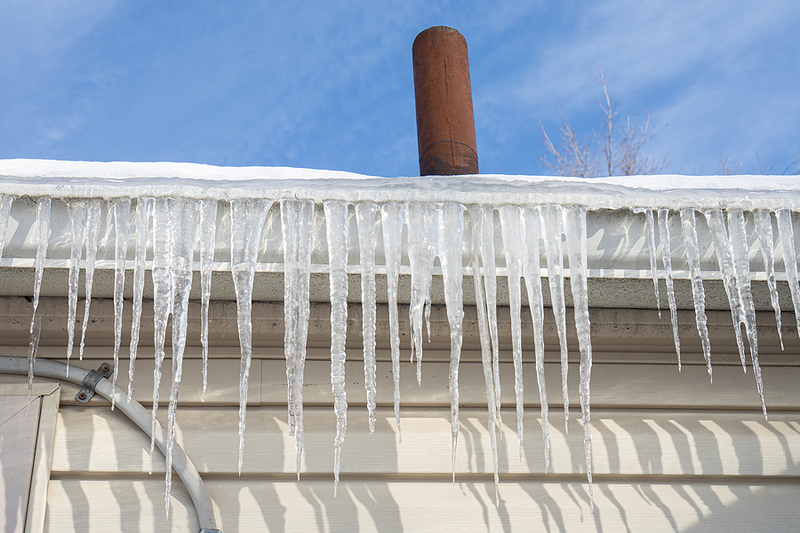
October 23/2021
How to Avoid Ice Dams
Those icicles running along the perimeter of your roof might seem harmless and even look sightly, but these are the initial signs of the formation of ice dams. These icicles will eventually build up until the top of gutters or lower edge of the roof is covered in ice. Ice dams can damage shingles, flashings, and gutters. They can also cause water damage in your attic and home, leading to sagging ceilings, peeling paint, and warped floors. If you are wondering what causes these icicles and ice dams and want to protect your property against them, then continue reading. If you are worried about damaged plumbing, then call Mr. Rooter Plumbing of New Jersey to consult with a dedicated plumber.
What Are Ice Dams?
You have probably noticed icicles building up along the eaves of your roof but rarely do people notice the full picture. Behind those icicles is more ice. As time goes on, the ice builds larger and larger, eventually forming a "dam."
How Do Ice Dams Form?
Ice dams form when the outdoor temperature is below freezing, or below 32 degrees Fahrenheit, while the temperature of the roof is above 32 degrees Fahrenheit. When snow falls onto the roof, it melts and runs down the surface of the roof until it reaches the eaves and gutters where the water re-freezes. This process continues and the ice builds up until a "dam" forms and blocks subsequent runoff. The subsequent water seeps through shingles, refreezes, and expands the shingles. Eventually that water makes its way into the attic, wall cavities, and the rest of your home.
Getting Rid of Ice Dams
Hacking away at the ice dams with a chisel or hammer is going to do more harm than good as it can damage the roofing. Throwing salt on the ice can also be damaging. Here are some stop-gap measures you can take.
Bring a box fan into the attic and aim it at the portion of the roof that is leaking in. This should freeze the water in its tracks to stop the leaking. Next, use a long-handled roof rake to pull of the snow on the roof. There are rakes with wheel for this specific job. To get rid of the ice, use calcium chloride or ice melt product.
How to Prevent Ice Dams
Prevention is better than cure, however. For a permanent fix, you are going to have to ensure the roof is at the same temperature as the eaves. Do this by increasing ventilation, adding insulation, and sealing off air leaks that might be warming the underside of the roof. Install attic floor insulation to keep the heat in the rest of the house from rising to the attic and make sure there is ventilation that circulates cool air from the eaves to the top of the roof.
Worried About Plumbing Leaks?
Freezing temperatures are just as bad for your plumbing. If you are worried that your pipes might be damaged and leaking, then call Mr. Rooter Plumbing of New Jersey to speak with a representative. We can schedule an appointment or have a nearby plumber dispatched to your location as soon as possible.




